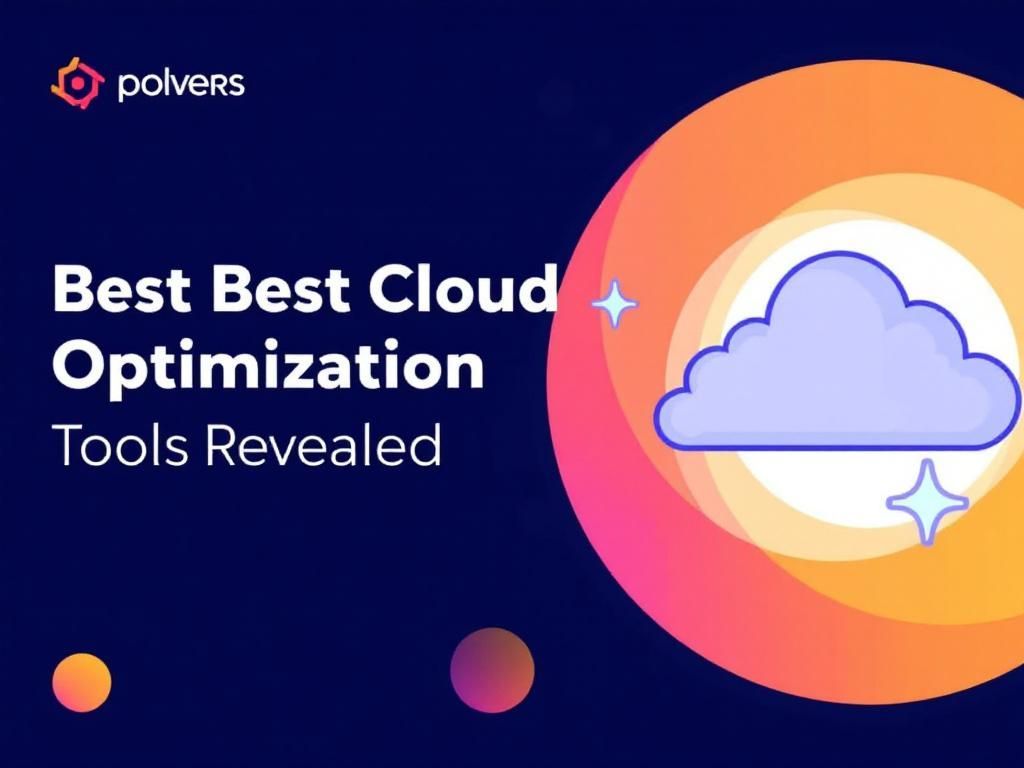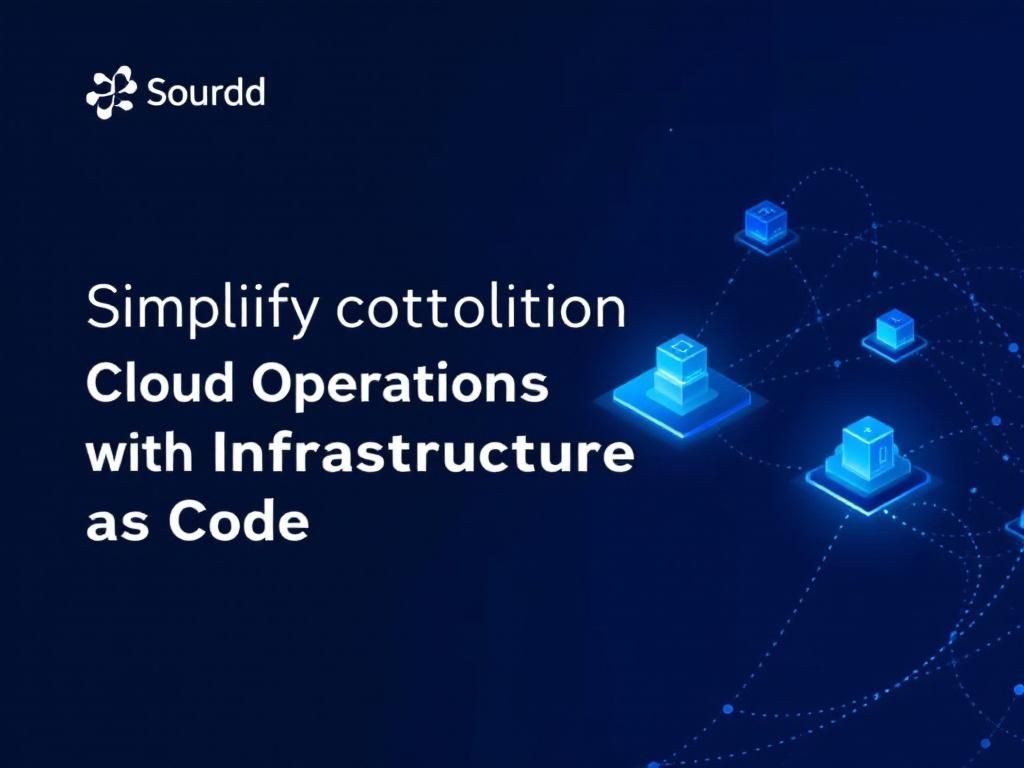Achieving Cloud Success with Seamless Hybrid IT Support
Discover how seamless hybrid IT support can drive your cloud success and enhance operational efficiency in this comprehensive guide.

In today’s rapidly evolving digital landscape, organizations are increasingly turning to hybrid IT solutions to maximize flexibility, efficiency, and scalability. The integration of on-premises infrastructure with cloud services creates a powerful synergy that can drive innovation and enhance operational performance. However, despite the clear advantages, managing a hybrid IT environment can present unique challenges. This article will explore the essential strategies and best practices to ensure seamless hybrid IT support, paving the way for a successful cloud journey.
Table of Contents
Understanding Hybrid IT
Hybrid IT refers to an IT environment that combines public and private cloud services with on-premises infrastructure. This approach allows organizations to leverage the benefits of both worlds, utilizing the scalability and cost-effectiveness of cloud services while maintaining control over sensitive data and critical applications. Here are a few key components of hybrid IT:
- On-Premises Infrastructure: Traditional servers and storage systems that reside within the organization’s physical premises.
- Public Cloud Services: Cloud computing resources provided by third-party vendors over the internet, such as AWS, Azure, or Google Cloud.
- Private Cloud: Cloud infrastructure operated exclusively for a single organization, offering enhanced security and control.
Benefits of Hybrid IT
The hybrid IT model presents numerous advantages for organizations looking to optimize their infrastructure, including:
- Cost Efficiency: By balancing workloads between on-premises and cloud environments, organizations can minimize costs related to maintenance and storage.
- Scalability: Organizations can easily scale their IT resources up or down based on demand without the need for significant capital expenditure.
- Flexibility: Hybrid IT allows for greater flexibility in choosing the right environment for specific workloads, improving overall performance and efficiency.
- Enhanced Security: Critical and sensitive data can remain on-premises, while less sensitive workloads can be moved to the cloud.
Challenges of Managing Hybrid IT
While the hybrid IT model offers numerous benefits, it also comes with its set of challenges:
- Complexity: Managing multiple environments can lead to increased complexity, requiring advanced skills and tools.
- Integration Issues: Ensuring seamless integration between on-premises and cloud systems can be difficult.
- Data Governance: Maintaining control over data security and compliance across different environments can be a challenge.
Strategies for Effective Hybrid IT Support
To successfully navigate the complexities of hybrid IT environments, organizations should implement the following strategies:
1. Establish a Clear Hybrid IT Strategy
Developing a well-defined hybrid IT strategy is fundamental. This includes:
- Assessing current IT assets and capabilities.
- Identifying business goals and objectives.
- Determining which workloads to run on-premises and which to migrate to the cloud.
2. Invest in the Right Tools
Utilizing the right tools is critical for managing a hybrid IT environment effectively. Consider investing in:
- Cloud Management Platforms: Tools that facilitate the management and optimization of cloud resources.
- Integration Tools: Solutions that help integrate on-premises applications with cloud services.
- Monitoring Solutions: Tools that provide visibility into performance across all environments.
3. Focus on Automation
Automating repetitive tasks can significantly enhance efficiency. Key areas to consider for automation include:
- Provisioning and de-provisioning resources.
- Monitoring and alerting.
- Backup and disaster recovery processes.
4. Ensure Robust Security Measures
Security must be a top priority in any hybrid IT environment. Organizations should:
- Implement encryption for data both at rest and in transit.
- Use identity and access management (IAM) solutions for effective control.
- Regularly conduct security audits and compliance checks.
Case Study: Successful Hybrid IT Implementation
To illustrate the benefits of a well-managed hybrid IT environment, let’s take a look at a hypothetical company, Tech Innovations Inc.
| Attribute | Before Hybrid IT | After Hybrid IT |
|---|---|---|
| Operational Costs | $1.5M/year | $1M/year |
| Employee Productivity | 60% | 85% |
| Data Breaches | 5/year | 1/year |
After implementing a hybrid IT model, Tech Innovations Inc. was able to reduce operational costs by 33%, boost employee productivity, and significantly lower the number of data breaches. This case highlights the transformative power of a seamless hybrid IT strategy.
Looking Ahead: The Future of Hybrid IT
The future of hybrid IT is likely to be influenced by several trends:
- Increased Adoption of AI and Machine Learning: These technologies can help optimize resource management and enhance security protocols.
- Greater Focus on Multi-Cloud Strategies: Organizations will seek to leverage multiple cloud providers to avoid vendor lock-in.
- Continued Emphasis on Security: As cyber threats evolve, organizations will prioritize stronger security measures across all environments.
Conclusion
Seamless support for hybrid IT environments is essential for organizations aiming to succeed in their cloud journey. By establishing a clear strategy, investing in the right tools, automating processes, and prioritizing security, businesses can harness the full potential of hybrid IT. As the digital landscape continues to evolve, staying ahead of the curve in hybrid IT management will ensure that organizations remain competitive and agile.
FAQ
What is Seamless Hybrid IT Support?
Seamless Hybrid IT Support refers to an integrated approach that combines on-premises infrastructure and cloud services, ensuring smooth operations and management across both environments.
How can Hybrid IT Support enhance cloud success?
Hybrid IT Support can enhance cloud success by providing a unified management strategy, optimizing resource utilization, and ensuring data security across hybrid environments.
What are the benefits of using Hybrid IT Support?
Benefits of Hybrid IT Support include improved flexibility, cost efficiency, scalability, and the ability to leverage existing on-premises investments while utilizing cloud capabilities.
Is Hybrid IT Support suitable for all businesses?
Yes, Hybrid IT Support is suitable for businesses of all sizes, especially those that require a combination of on-premises and cloud solutions for their operations.
How do I implement a Hybrid IT Support strategy?
Implementing a Hybrid IT Support strategy involves assessing your current infrastructure, defining your cloud goals, and partnering with a service provider to create a tailored solution.
Can Hybrid IT Support help with compliance and security?
Absolutely, Hybrid IT Support can help with compliance and security by ensuring that data is managed according to regulations while utilizing secure cloud services.








